The northeast coast of Sri Lanka offers some of the country’s most attractive beaches such as ‘Uppuveli’ and ‘Nilaveli’. Fine white-sand and crystal clear water provides an irresistible combination that won’t fail to disappoint any visitor! Snorkelling around the famous Pigeon island just off Nilaveli beach is widely recognised to be a ‘must-do’ activity during a stay in Trincomalee. Windsurfing is also a very popular activity in the area.
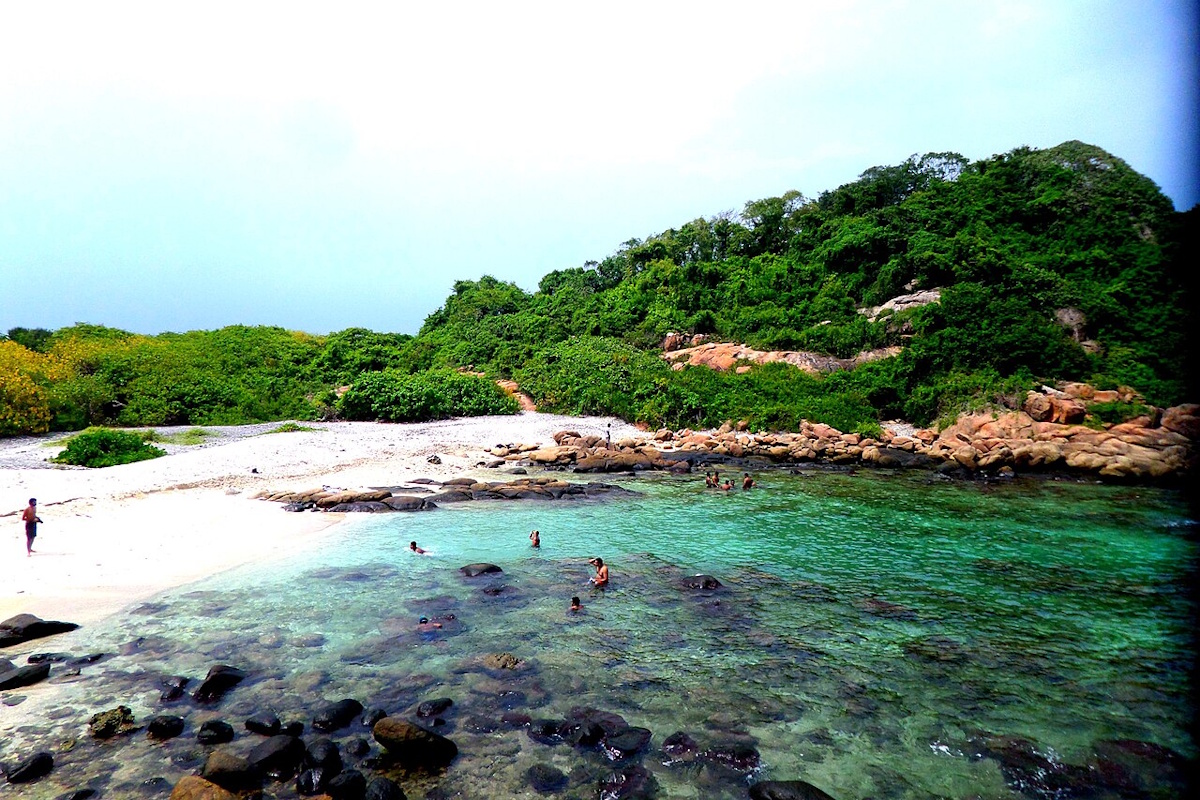
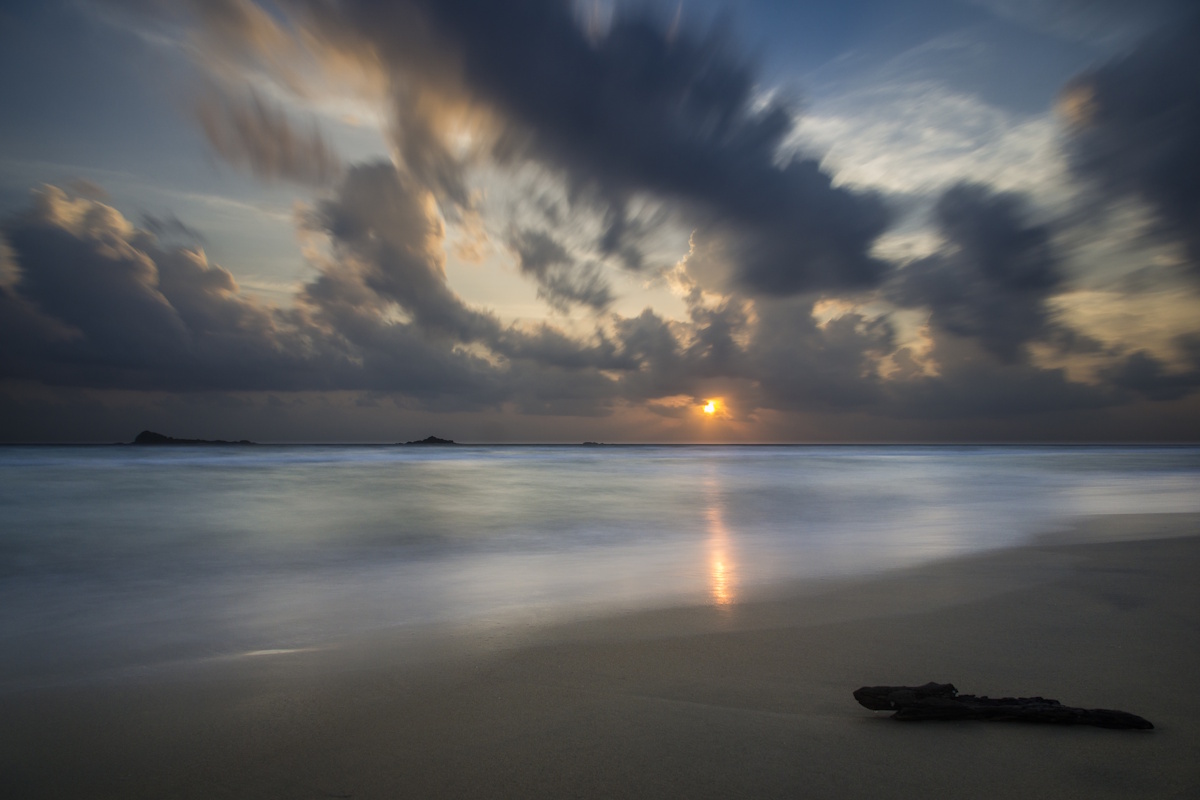
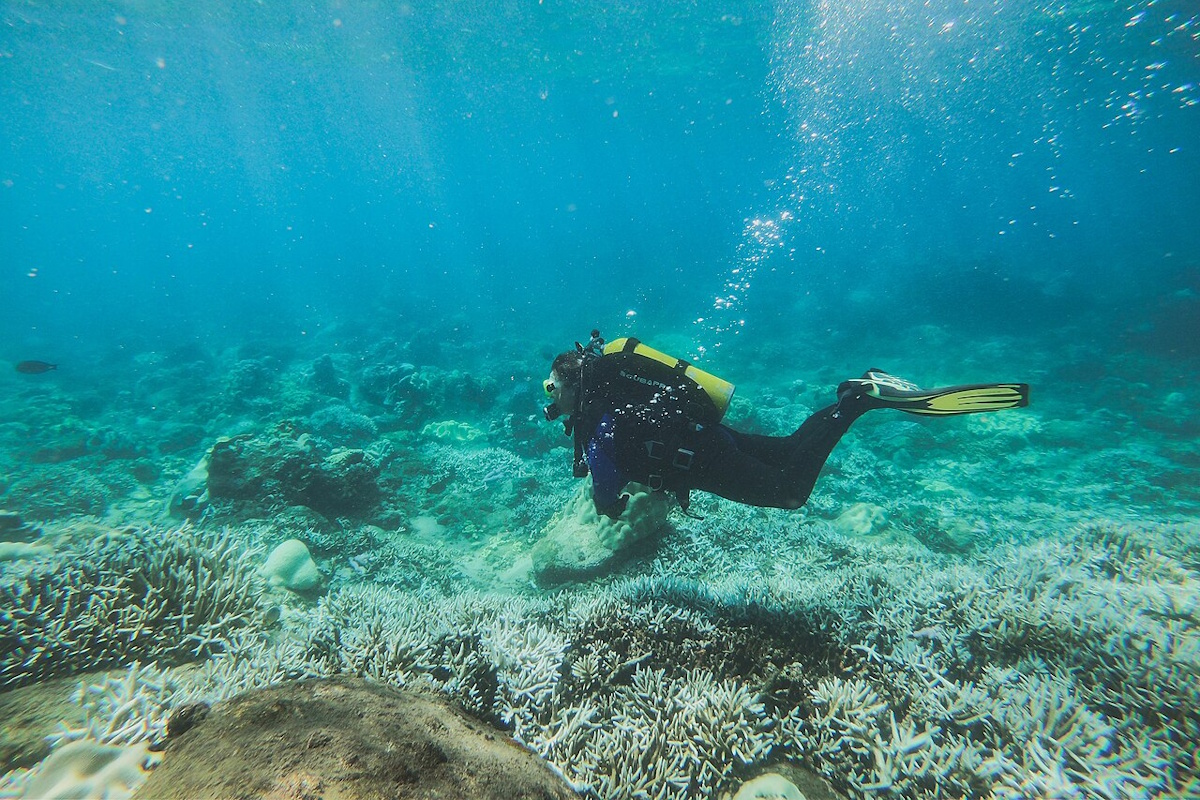
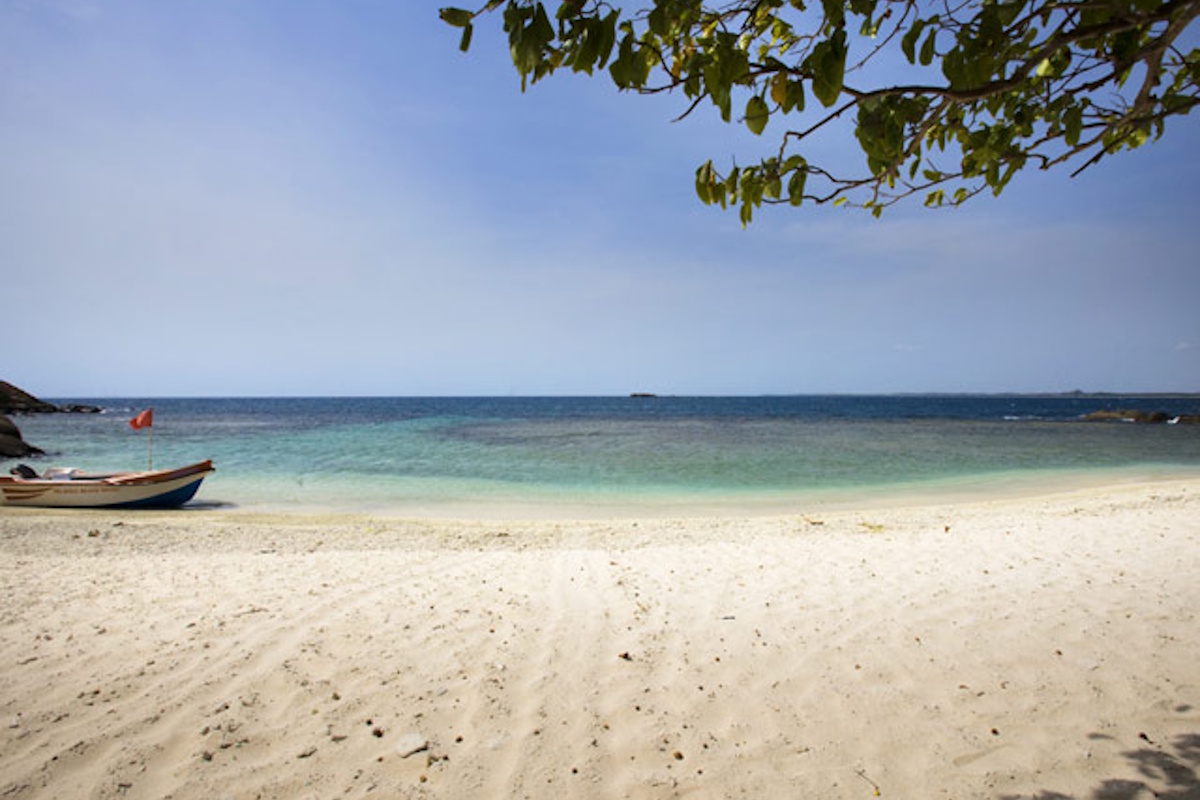
Nilaveli, located approximately 16 km north of Trincomalee, has long been recognized for its idyllic beaches and marine biodiversity:
Ancient Maritime Hub: Historically, the Trincomalee region (including Nilaveli) was a hub for maritime trade and fishing, with records of settlements and harbor activity dating back centuries.
Colonial Influence: Under Portuguese, Dutch, and British colonial rule, the broader area around Nilaveli saw strategic use due to its proximity to the Trincomalee Harbor.
Post-Conflict Recovery: After the end of Sri Lanka’s civil war in 2009, Nilaveli reopened to tourism, revealing its unspoiled beaches.
Marine Life & Coral Reefs: Its coral reefs and clear waters became a draw for snorkelers and divers.
Proximity to Trincomalee: Visitors to Trincomalee began discovering Nilaveli’s peaceful charm.
Eco-Resorts & Marine Tours: Growth in eco-conscious resorts and nature-based activities fueled sustainable tourism.
Today, Nilaveli is a relaxing coastal haven renowned for its white sands, gentle waves, and proximity to Pigeon Island National Park:
The area is known for low-key, eco-friendly tourism, offering snorkeling, diving, and whale watching without the hustle of city life.
It remains a quiet alternative to more commercial beach towns.
Geography: A flat coastal stretch with shallow waters, palm-lined beaches, and close access to coral islets.
Climate: Dry and sunny most of the year; best visited between May and September when the seas are calm.
Nilaveli Beach – Long stretches of powder-white sand and crystal-clear waters.
Pigeon Island National Park – Coral-rich marine sanctuary ideal for snorkeling and diving.
Whale Watching Tours – Seasonal trips to see blue whales and dolphins.
Hot Springs of Kanniya – Sacred geothermal wells with historical legends.
Trincomalee Day Trips – Visit Fort Frederick, Koneswaram Temple, and local markets.
Local Fishing Villages – Explore traditional coastal life and enjoy fresh seafood.
Scuba Diving Centers – PADI-certified operations offering reef and wreck dives.
Birdwatching – Rich wetland and coastal birdlife, especially during migration seasons.
Quiet Sunsets – Romantic and undisturbed beach views.
Tropical Fruits and Local Cuisine – Fresh mangoes, seafood curries, and coconut treats.
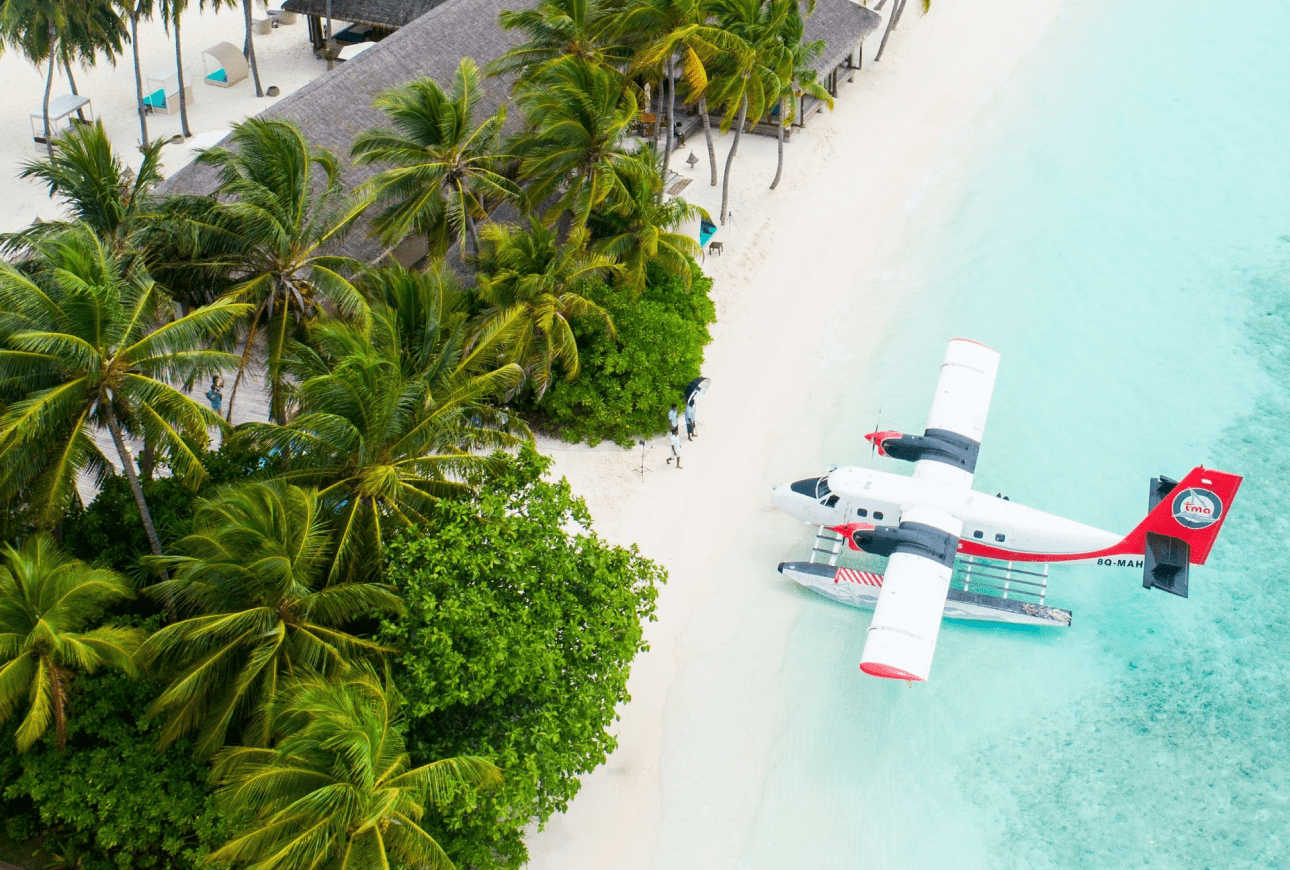
Subscribe to see secret deals prices drop the moment you sign up!